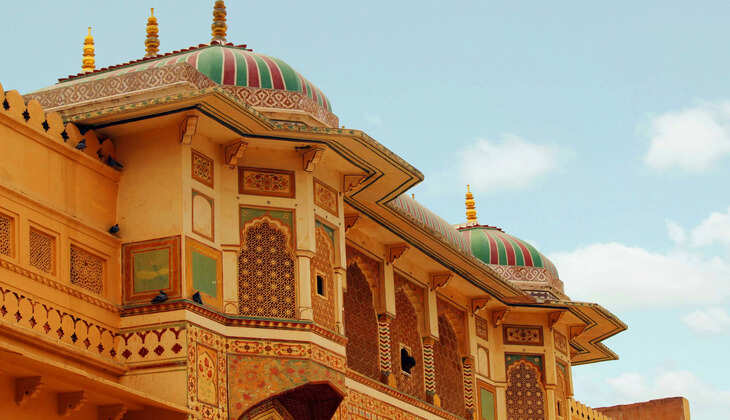Kumbhalgarh Fort History

Kumbhalgarh Fort, located in the Rajsamand district of Rajasthan, India, is a magnificent fortress steeped in history and known for its impressive architecture and strategic significance. Here's a brief overview of the history of Kumbhalgarh Fort:
-
Construction: Kumbhalgarh Fort was built during the 15th century by Rana Kumbha, a ruler of the Mewar kingdom. It was constructed on a hilltop in the Aravalli Range, providing it with natural defenses and commanding views of the surrounding landscape.
-
Strategic Importance: The fort was strategically located along the Aravalli mountain range and served as a crucial stronghold for the rulers of Mewar. It was designed to provide protection to the kingdom's rulers and inhabitants during times of war and served as a refuge for the royal family and their subjects.
-
Defensive Architecture: Kumbhalgarh Fort is renowned for its massive walls, which stretch for approximately 36 kilometers, making them one of the longest continuous walls in the world. The walls are thick, ranging from 15 to 25 feet, and are reinforced with bastions and watchtowers at regular intervals. The fortifications were designed to withstand enemy attacks and provide a formidable defense against invaders.
-
Cultural Significance: In addition to its military importance, Kumbhalgarh Fort has cultural and historical significance as well. It is associated with the legendary Rajput warrior Maharana Pratap, who was born in the nearby Kumbhalgarh village. The fort also served as a center of art, culture, and learning during the rule of the Mewar dynasty.
-
Sieges and Battles: Kumbhalgarh Fort witnessed several sieges and battles throughout its history, as various rulers and dynasties vied for control of the region. Despite numerous attempts to capture the fort, it remained unconquered for the most part, thanks to its formidable defenses and the bravery of its defenders.
-
World Heritage Site: In recognition of its historical and architectural significance, Kumbhalgarh Fort was designated as a UNESCO World Heritage Site in 2013 as part of the Hill Forts of Rajasthan ensemble, which also includes Chittorgarh Fort, Ranthambore Fort, Amber Fort, and others.
Today, Kumbhalgarh Fort stands as a testament to the rich cultural heritage and martial traditions of Rajasthan. Visitors flock to the fort to marvel at its impressive architecture, explore its labyrinthine passages and chambers, and soak in the panoramic views of the surrounding countryside from its ramparts. It remains a symbol of Rajasthan's glorious past and continues to inspire awe and admiration in all who visit.
